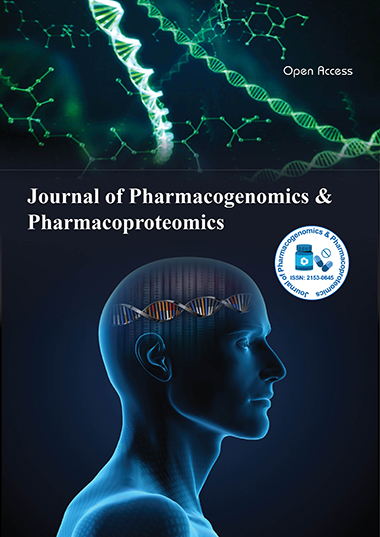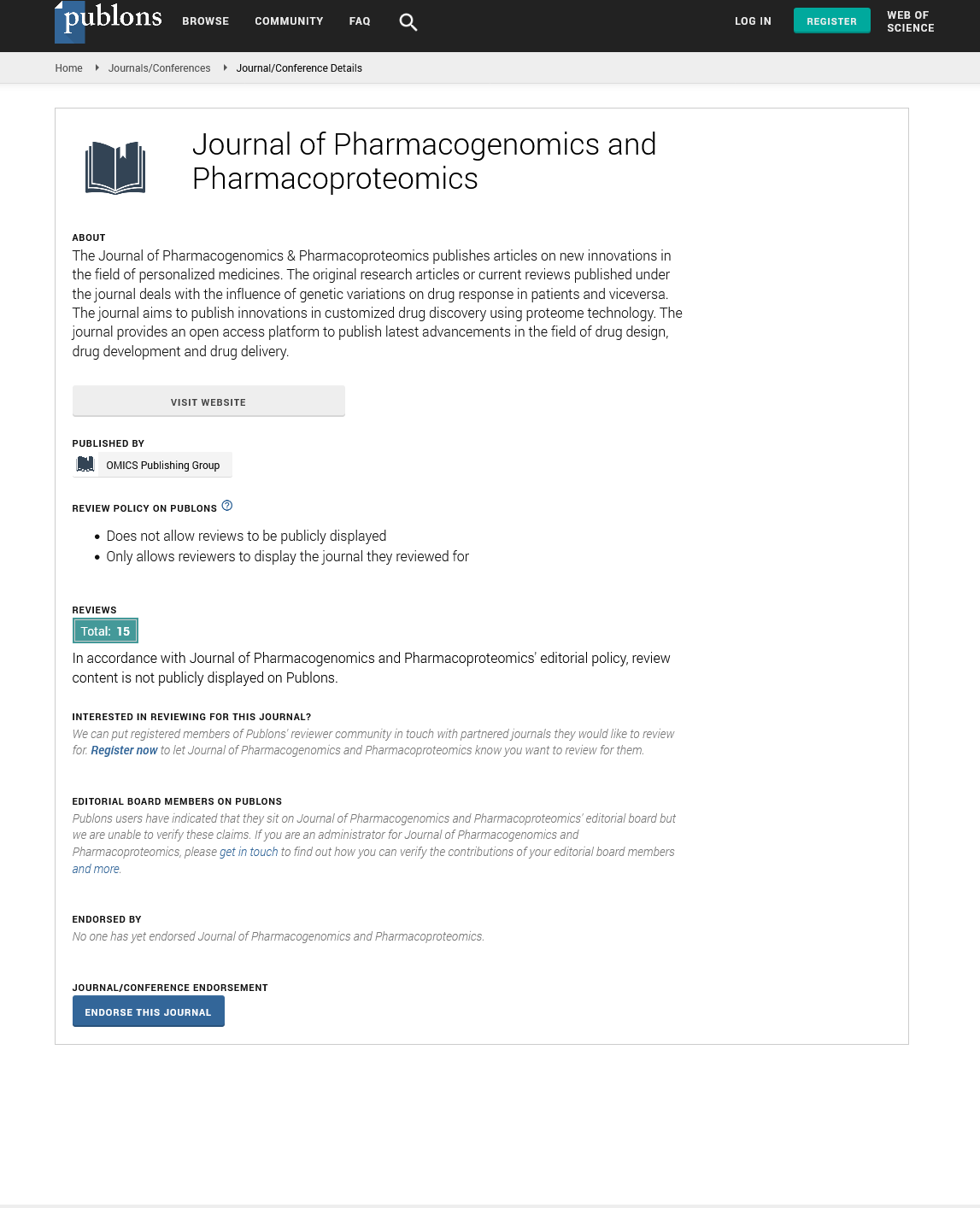Indexed In
- Open J Gate
- Genamics JournalSeek
- Academic Keys
- JournalTOCs
- ResearchBible
- Electronic Journals Library
- RefSeek
- Hamdard University
- EBSCO A-Z
- OCLC- WorldCat
- Proquest Summons
- SWB online catalog
- Virtual Library of Biology (vifabio)
- Publons
- MIAR
- Euro Pub
- Google Scholar
Useful Links
Share This Page
Journal Flyer

Open Access Journals
- Agri and Aquaculture
- Biochemistry
- Bioinformatics & Systems Biology
- Business & Management
- Chemistry
- Clinical Sciences
- Engineering
- Food & Nutrition
- General Science
- Genetics & Molecular Biology
- Immunology & Microbiology
- Medical Sciences
- Neuroscience & Psychology
- Nursing & Health Care
- Pharmaceutical Sciences
Precision medicine identifies the evolving field holding the promise to transform our health care system, which consumes almost $3 trillion a year. Clinical trials are at the heart of the drug development process. They r
JOINT EVENT ON 6th European Conference on Predictive, Preventive and Personalized Medicine & Molecular Diagnostics & 2nd World Congress on Human Genetics
September 14-15, 2017 | Edinburgh, Scotland
Edward D Blair
Integrated Medicines Ltd, UK
Posters & Accepted Abstracts: J Pharmacogenomics Pharmacoproteomics
Abstract:
Innovations are sought that increase the quality of care, as measured by clinical outcomes, whilst reducing costs and saving resources. Innovations come in many forms and increasingly their impact on care pathways is particularly dependent on selecting the most appropriate point of intervention. Integrated Medicines Ltd (IML) has taken its experience of working with industry stake holders, notably establishing the economic value of relationships between pharmaceutical and diagnostic companies, to develop care pathway simulations that articulate economic-, clinical- and resource-benefits to additional stakeholders such as regulators, payers, clinicians and patients. As an exemplification of this approach, IML developed baseline care pathways for bacterial sepsis through examination of patient records and discussions with NHS Trust clinicians, hospital biochemists and diagnostic test providers, and then super-imposed on this baseline a series of assumptions that generated an alternate pathway aided by innovation. Thus, a point-of care test for procalcitonin utilized in Emergency Departments showed a potential reduction in mortality (25% to 15%), a reduction in per patient costs (£11,500 to £9,000) and a reduction in length of stay (8 days to 6.5 days) as a result of earlier, more accurate diagnosis and better antibiotic stewardship. In a broader context, the combining of care pathway simulation with economic valuation serves to place the patient at the centre of 21st century healthcare, which is both precise and perhaps more personalized. Understanding patient needs as the consumers of innovative healthcare interventions creates the opportunity to pull adoption into clinical practice.

